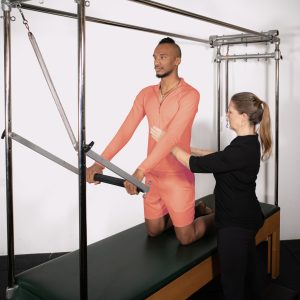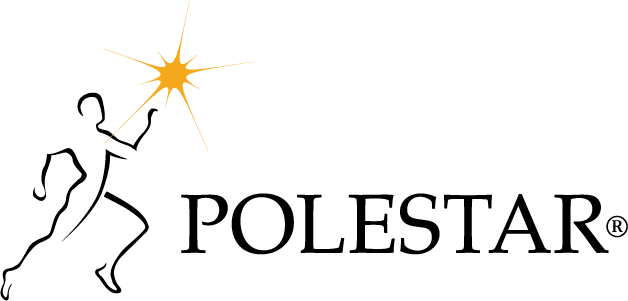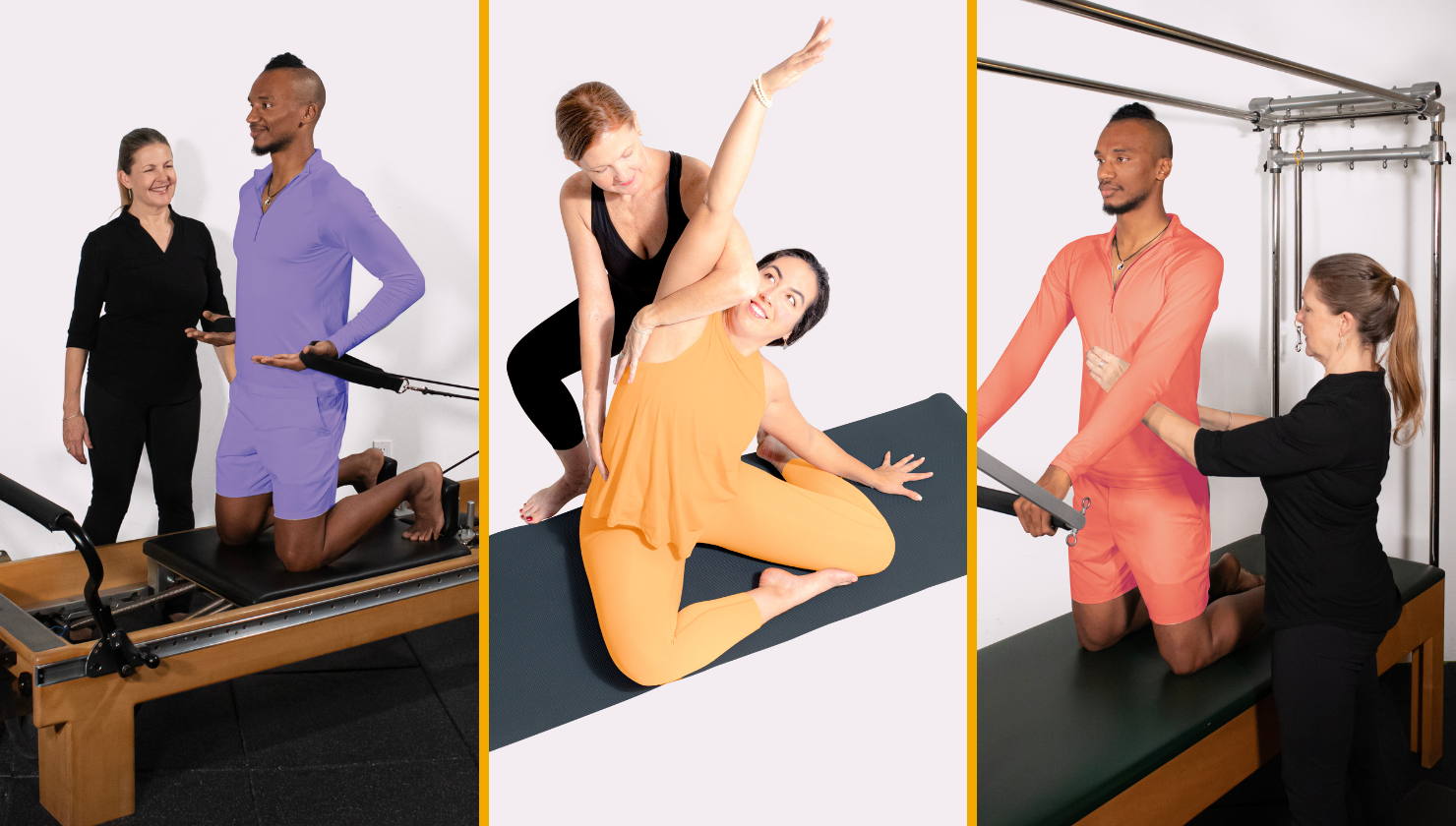Shelly Power teaches nationally and internationally for Polestar, administers exams, conducts Pilates workshops and Polestar Mentor and Educator trainings worldwide. She is a frequent presenter at international fitness and Pilates conferences. Shelly brings a unique and fresh approach to the work of Joseph Pilates. Shelly has taught for Polestar Pilates since its inception in 1992. Since then she’s taught thousands of teachers around the world so she’s well positioned to share what makes the world’s best Pilates teachers.
What The Client Needs vs. What The Client Wants
I love being a Pilates teacher. I get to make such a difference in the lives of my clients by enhancing the quality of their lives through movement.

I love to take classes from other instructors to be inspired, challenged and to help me continue to grow and be a better teacher. As we reflect on the classes we participate in, I am sure we all have classes and teachers we love and classes and teachers that are okay, but we wouldn’t necessarily seek them out again. Much of this is personal preference, and there are a lot of choices in the Pilates world today both in the studio and online which is great. But what sets some teachers apart from others? Here are some thoughts about what we can focus on.
I remember one of my greatest fears as a new teacher was that another teacher would see one of my clients, and it would appear like my clients didn’t know anything about Pilates. So, I made it my mission to explain the why’s, how’s and what’s to each client. Do your students or clients know the purpose of the goals of the exercises? If they were to practice at home, would they know what to focus on; know if they’re doing it well; know what to pay attention to? If the answer is no, you need to start incorporating that information into your teaching. There is certainly information overload, so cueing too much, too often won’t help. Choose a concept or body position and explore that with your clients and give them the tools to be able to understand their bodies and their relationship to the movements.
Get Them Moving Then Layer In Cues
No one likes a long-winded set up. Keep people moving by transitioning into the next variation or exercise without stopping. When you can, vary the purpose or focus of the exercise. There can be a lot of repetition, so how can you make each time someone does an exercise new and unique?
Say More With Less Words
The brain, to not think of doing something, first must think about it and then try not to think about it. Phew. That’s a lot of wasted time thinking about things you don’t want. Instead, offer cues that explain the basics, get people moving, remind them about things to focus on, and transition to the next movement.
Create Rapport
Phrases like ‘move that leg’ or ‘reach those arms long’ lack connection with the client and is more like you are talking around or at them instead of to them. This type of language, often called ‘distancing language’, is quite common in today’s world. Here is the same cue but speaking to the client ‘move your leg’ or ‘reach your arms’. This is just one easy way to create rapport with your clients and make their experience special.
Speak Clearly
Have you ever recorded yourself teaching and listened to your class or session? You can gain such insight by doing this every once in a while. It can tell you about the volume of your voice, how often you repeat the same cues or phrases, if you spend more time counting than teaching. And when you video your teaching, you get to see your body language, your posture, and how you are interacting (or not) with your clients. If you’re thinking ‘no way, I hate hearing or seeing myself’, get over it and work on your delivery. And in most cases I bet you’ll be pleasantly surprised how good it really is and appreciate where you can make small improvements. We should continually evolve.
Thoughtful Variations
A simple change in tempo – doing a movement at half the speed or double time –can help us discover different nuances in the movements. Remember not all variations need to be rockstar difficult. Try Footwork taking 8 counts to press out and 8 to return. It’s a very different experience. Consider shifting the focus of the movement or getting your class to move without telling them what to focus on and then asking them what they’re noticing. You might be surprised how five people doing the same movement can have very different experiences.
Stop Cueing Muscles
When we cue a single muscle or muscle group clients tend to overemphasise or over contract that area and the movement stops being efficient and spontaneous. A symphony isn’t one musician or instrument, the same is true for movement. The body is a well-oiled machine that is capable of so much. The muscles know what to do if the maestro (the brain) is in charge. And yes, this is true for the pelvic floor. These muscles work in conjunction with the diaphragm and the trunk muscles, and respond to changes in breath, load and movement. For most people, the pelvic floor muscles are working in the background whether you’re thinking about them or not. You will get much better results by cueing the bones and or tasks and then offering cues that improve the quality of movement. Again, the muscles are already working to produce the movement, there’s no need to tell them to do what they are already doing.
Focus On The Breath
I often say, if you’re counting, you’re not teaching, and the same is true for continually saying inhale, exhale, inhale, exhale. This is not to say that breathing isn’t important, it is, so when you’re using a breath cue be sure that it is enhancing the movement or creating an opportunity for the client to experience something different or meaningful. Breath is a tool, not a rule.
As we continually move our focus to our clients, we’ll have better outcomes, a busier schedule and help our clients reach their goals. It’s natural to focus on our teaching, and yes being mindful of what we’re doing is of course important but let’s not let our clients be the afterthought. Sometimes we need to see the forest and sometimes the trees – and in Pilates our clients come first so keep seeing the trees and you’ll be serving your clients in the best way possible.
This article was originally published on The Pilates Journal by Shelly Power.

